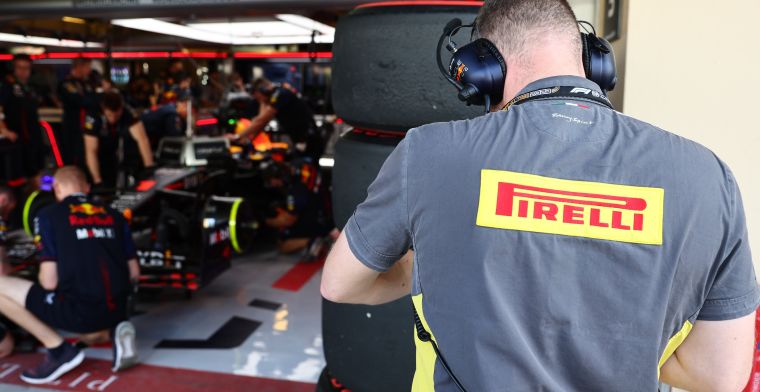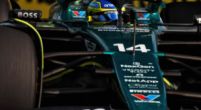F1 News

Pirelli sees opportunity after ban on tyre blankets postponed
There has long been talk of the arrival of a ban on tyre blankets in Formula 1. This ban has been postponed many times. Now it looks like it may not come until after 2025. Pirelli itself is happy about this. After all, delaying this ban will benefit tyres in 2025.
The Italian company will remain the exclusive supplier of Formula 1 tyres until at least 2028. This season, the tyres were widely criticised for suffering from excessive thermal degradation and overheating. This made it impossible for teams to be sure of the right settings for the race. Overheating tyres also meant drivers could not push as hard and attack as aggressively.
Raceability concerns
The most recent meeting of the F1 committee discussed improving the raceability of tyres. In this meeting, the ban on tyre blankets was also scrapped until 2025. This deletion should give Pirelli room to focus on improving one area, namely overheating, rather than two.
Pirelli's F1 chief engineer Simone Berra says the way is now clear for a testing programme that can help come up with better tyres for 2025. "We will continue to improve the reliability of the tyres in terms of structure, but the compounds will be the focus for our 2024 development plan, and we will work obviously more focusing towards the overheating."
The first phase for Pirelli in the coming weeks is to analyse the 2023 data to get a clear picture of why overheating was such a bigger problem this year. "After this analysis, which we will do at the end of the season, we will try to understand where to work on the compounds to improve this aspect," the engineer continued. He also adds that Pirelli's target is, of course, that drivers can push as much as possible and not have to save tyres.
Composition of structure and compound
Berra does not think it is down to the construction of the tyre. He thinks the problem lies more with the composition of the tyre. "I think we need to work more on the compound for what concerns the overheating. Obviously, we can work even with the structure, because if we have a more reliable tyre and if we can decrease a little bit of the pressure, this will obviously help even the overheating effect, as this will increase the contact patch and so you distribute more uniformly the temperature.."



















































